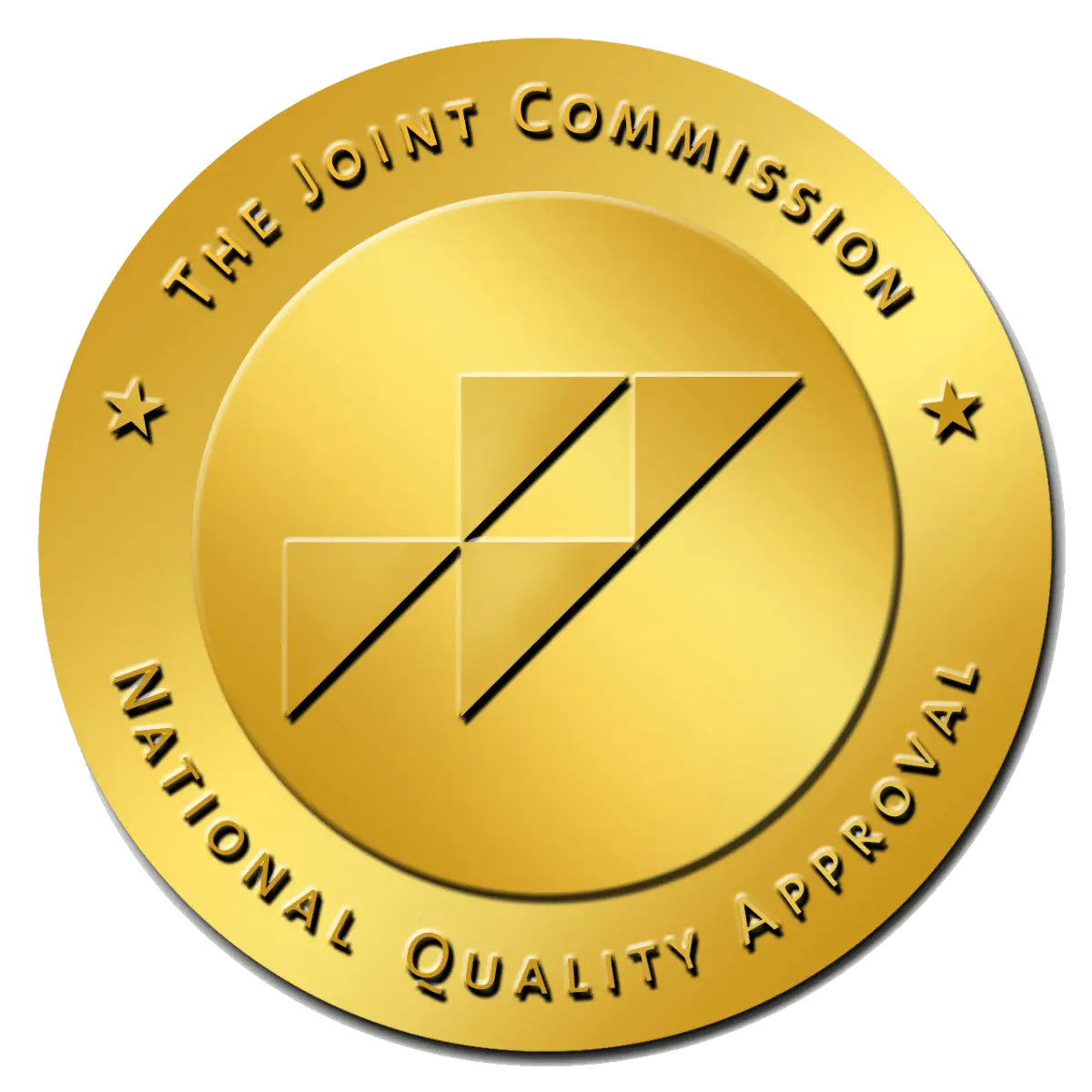Meth Treatment
Written by: Michelle Beaupre, PhD, LCSW | Reviewed by: Christian Small, MD
Meth, short for methamphetamine, is a synthetic stimulant that affects an individual’s central nervous system. Also known as glass, crystal, ice, and a variety of other names, meth is highly addictive, dangerous, and illegal. However, despite its dangers, meth use in the United States has increased in recent years.

What is Meth Exactly?
Most people know about amphetamines, the base for meth. Although they can be addictive and harmful, amphetamines can be used safely through prescription to treat disorders such as attention-deficit/hyperactivity disorder (ADHD). Meth, which combines amphetamines with other substances, has no legal usage.
Meth comes in three main forms:
-
Crystal meth: a crystalline form
▻
-
Base meth: a waxy form
▻
-
Speed: a powdered form
▻
Depending on the form and the preference of the person using meth, it is typically smoked, injected, snorted, or swallowed. Highs from meth are short-lasting, often resulting in individuals taking the drug repeatedly in a short amount of time after they crash. Each form of meth has different strengths and may impact people differently.
What Are the Effects of Meth?
Meth is a complex, highly addictive drug. A high typically begins with a bout of intense, positive emotion (often called “euphoria”), then settles down into a longer high. When highs drop — which they do quickly, typically after four to 15 hours — the person using the drug crashes, often sleeping for extended periods. Afterward, they experience a “hangover” with intense dehydration and fatigue. During these cycles, individuals may develop noticeable physical symptoms, such as meth eyes, which include dilated pupils, bloodshot eyes, and an unblinking stare. These symptoms are not just superficial but indicate the severe strain meth places on the body.
Outside of the pattern of highs, the effects of meth can be best understood in two categories: short-term effects and long-term effects.
Short-Term Effects
The short-term effects of meth are brief and are often associated with the high itself or the stages after it. Some short-term effects include:
-
High or irregular heart rate
▻
-
Feelings of extreme pleasure (euphoria)
▻
-
Increased blood pressure
▻
-
Increased levels of energy and wakefulness
▻
-
Rapid breathing or hyperventilation
▻
While the short-term effects of meth are typically less severe than the long-term effects, they are still very dangerous.
Because meth is a mixture of amphetamines and other chemicals, it is typically impossible to know the drug’s true composition or levels of toxins. However, even when this is known, small doses are still highly dangerous. Overdoses are very possible, and no medicine to treat or cure meth overdose exists. Additionally, understanding how long methamphetamine stays in your system is crucial for those concerned about the lingering effects of the drug and the potential for overdose. This knowledge can help make informed decisions about seeking treatment and reduce the risk of severe health consequences.
Long-Term Effects
The long-term effects of meth may occur over weeks, months, or years. They typically involve changes to the brain and body that result from using the drug. Some long-term effects of meth include:
-
Poor memory and memory loss
▻
-
Weight loss or malnutrition
▻
-
High levels of paranoia
▻
-
Itching and skin wounds
▻
-
Severe dental problems
▻
-
Depression
▻
-
Worsening HIV/AIDS
▻
-
Hallucinations
▻
-
Psychosis
▻
Long-term effects are by far the most dangerous aspect of meth, not only for users but also for those exposed to second-hand meth smoke. As such, it is crucial to receive treatment. Recovery is possible.

Meth Abuse Statistics
According to the Centers for Disease Control and Prevention (CDC), between 2015 and 2018, 1.6 million adults in the United States used meth in the previous year. Of those adults, approximately 53% had a methamphetamine use disorder.
Experts still don’t understand which groups of people are most likely to use meth. According to some studies, it seems men use meth more than women. People between 26 and 53 old and people with lower household incomes may also be more likely to use meth.
Meth Addiction
Meth is extremely addictive, and even a short period of usage can lead to substance use disorder (SUD). Over 50% of United States adults using the drug report struggling with SUD.
People who are addicted to meth may face severe health consequences. The chances of overdose increase with every incidence of use, and the health problems that occur with meth addiction can lead to cardiac death.
Signs and Symptoms of Addiction
Meth addiction has many symptoms, including the following:
-
Weight loss
▻
-
Facial sores and acne
▻
-
Euphoria
▻
-
Feelings of intense power
▻
-
Rotting or failing teeth
▻
-
Violence
▻
-
Intense cravings for methamphetamine
▻
In addition, symptoms of withdrawal may include:
-
Depression
▻
-
Insomnia, especially followed by hypersomnia
▻
-
Suicidal thoughts
▻
-
Meth cravings
▻
-
Weight gain
▻
-
Social isolation
▻
Meth Addiction Treatment Options
No medication-based treatment for meth addiction currently exists. As such, our primary methods of treating meth addiction at Villa Oasis San Diego are emotional and behavioral. In treating meth addiction, we use some of the following treatment methods:
-
Cognitive-behavioral therapy (CBT)Cognitive-behavioral therapy (CBT)
▻
-
Dialectical behavior therapy (DBT)Dialectical behavior therapy (DBT)
▻
-
Support groups
▻
-
Medical DetoxMedical Detox
▻
INPATIENT AND OUTPATIENT TREATMENT OPTIONS
At Villa Oasis, we understand that recovery from meth addiction requires a personalized approach. Depending on the level of addiction and individual circumstances, we offer both inpatient and outpatient treatment options. Inpatient treatment offers an immersive and comprehensive experience with round-the-clock support, making it suitable for those with severe addiction or co-occurring mental health disorders, often referred to as a dual diagnosis.
For individuals who have work, educational, or family commitments that cannot be put on hold, our intensive outpatient programs offer a flexible yet structured treatment plan. This allows patients to participate in their daily activities while still receiving the support and treatment necessary for recovery.
AFTER THE DETOX: EXTENDED TREATMENT AND SOBER LIVING
The journey towards a meth-free life often starts with a medically-supervised detox. Detoxification helps to manage withdrawal symptoms, which can be severe for pink meth users due to the drug’s potency and potential toxic additives. After detox, it is vital to continue the journey towards recovery through our extended treatment program. This includes services like cognitive-behavioral therapy, group therapy, support groups, and even sober living options. Sober living houses offer a supportive, drug-free environment that helps individuals transition back into everyday life, reducing the risk of relapse.
MEDICATION-ASSISTED TREATMENT (MAT)
While it is true that no medication currently exists to treat meth addiction directly, there are several medication-assisted treatment (MAT) options that can help manage cravings and alleviate withdrawal symptoms. These treatment methods can be especially helpful in the early stages of recovery. Our team of providers will work with you to determine if MAT could be a beneficial component of your treatment plan.

Find Treatment at Villa Oasis San Diego
Meth addiction is scary — there are no two ways about it. Both the short-term and the long-term effects of the drugs are extremely damaging to your physical, emotional, and social health. However, recovery is possible, and you don’t have to do it alone.
Villa Oasis, located in San Diego, California, offers a holistic, luxurious environment. Our residents are welcomed to the perfect space to find safety, family, and compassion. We believe you have the capability to rise from the ashes and become your best self.
Our Therapies
At Villa Oasis San Diego, we know that no treatment is one-size-fits-all. In fact, upon admission, we work with all our residents to determine a treatment plan that best fits them. Our treatment offerings are wide-ranging, holistic, and evidence-based. Some of our therapies include:
-
12-Step informed care
▻
-
Adventure therapy
▻
-
CBT
▻
-
DBT
▻
-
Equine therapy
▻
-
Experiential therapy
▻
-
Music therapy
▻
-
Relapse prevention
▻
SUPPORT FOR LOVED ONES
Meth addiction affects more than just the person using the drug; it also deeply impacts their loved ones. Villa Oasis offers support groups for friends and family members, providing them with resources, education, and communal support as they navigate the challenges and changes that come with a loved one’s journey towards recovery.
Recovering in Comfort
Effective treatment can’t ever be just the bare minimum. Residents in our program eat healthy daily meals prepared by a personal chef. In addition, residents can participate in yoga, receive massage therapy and acupuncture, have access to our state-of-the-art fitness center, and more.
You can recover. Join our family, make memories, and find your best self.

Frequently Asked Questions
Villa Oasis understands that addiction affects not only the individual but also their loved ones. Therefore, we offer family therapy and support groups where family members can learn about addiction, share their experiences, and acquire coping strategies. We also guide families on how to offer support during and after the individual's recovery journey.
Dual diagnosis, also known as co-occurring disorders, refers to the presence of both a mental health disorder and a substance use disorder. At Villa Oasis, we understand that treating only one condition can hinder recovery, so we use an integrated treatment approach that addresses both conditions concurrently. This could involve a combination of medication, therapy, support groups, and wellness strategies.
Meth detox can lead to intense withdrawal symptoms and cravings. Villa Oasis offers medically supervised detoxification, where health professionals monitor these symptoms and provide support to ensure safety and comfort. In some cases, medication-assisted treatment (MAT) might be used to alleviate withdrawal symptoms and help manage cravings.
MAT combines medications with counseling and behavioral therapies to treat substance use disorders. While there is currently no specific medication for meth addiction, certain medications can be used off-label to help manage withdrawal symptoms and cravings, under the close supervision of medical professionals. MAT is particularly helpful for individuals with a dual diagnosis.
Meth-induced psychosis can be very distressing for the individual and their loved ones. At Villa Oasis, our team of psychiatric professionals are skilled in managing such complex cases. We offer individual and group therapy, cognitive-behavioral therapy (CBT), and medication management as part of a comprehensive treatment plan. We also provide education and resources to help clients understand and manage their symptoms.

